First Aid for Common Injuries: A Life-Saving Guide
Accidents happen when we least expect them, and knowing basic first aid can make all the difference. Whether it’s a minor cut or a life-threatening situation, having the right knowledge can help prevent further harm and even save lives.
Here are essential first aid procedures for common injuries.
1. Bleeding (Cuts & Wounds)
What to Do:
- Apply Pressure: Use a clean cloth or bandage to apply direct pressure to stop the bleeding.
- Elevate the Wound: If possible, raise the injured limb above the heart to slow bleeding.
- Clean the Wound: Once the bleeding is under control, rinse with clean water and apply an antiseptic.
- Cover the Wound: Use a sterile bandage to protect against infection.
- Seek Medical Help: If the bleeding doesn’t stop after 10 minutes or is severe, seek professional medical assistance.
What NOT to Do:
Do not remove a deeply embedded object—leave it in place and seek medical help.
Do not use hydrogen peroxide or iodine directly on deep wounds, as they can damage tissue.
2. Burns (Thermal, Chemical, Electrical)
What to Do:
- Cool the Burn: Hold the burned area under cool running water for at least 10 minutes.
- Remove Tight Items: Take off rings, watches, or tight clothing before swelling sets in.
- Cover the Burn: Use a non-stick sterile dressing.
- Seek Medical Help: If the burn is large, deep, or affects the face, hands, feet, or genitals, get professional care.
What NOT to Do:
❌ Do not apply ice or ointments to the burn.
❌ Do not pop blisters, as this can lead to infection.
3. Choking
What to Do:
Encourage Coughing: If the person is still breathing, let them try to cough out the object.
Perform Abdominal thrusts
- Stand behind the person and wrap your arms around their waist.
- Make a fist and place it just above their belly button.
- Perform quick, upward thrusts until the object is expelled.
For Infants (Under 1 Year):
Lay the baby face-down along your forearm.
Give 5 back blows between the shoulder blades.
Turn them over and give 5 chest thrusts with two fingers.
What NOT to Do:
Do not slap a choking person on the back while they are upright—it could make the blockage worse.
4. CPR (Cardiopulmonary Resuscitation)
What to Do:
Check for Breathing: If the person is not breathing, start CPR immediately.
Perform Chest Compressions:
- Place your hands in the center of the chest.
- Push hard and fast at 100–120 compressions per minute.
Give Rescue Breaths (if trained):
After 30 compressions, give 2 rescue breaths.
Repeat until medical help arrives.
For Infants:
Use two fingers for chest compressions.
Give gentle breaths—just enough to make the chest rise.
What NOT to Do:
❌ Do not stop CPR unless the person starts breathing or medical professionals arrive.
5. Electrocution
What to Do:
- Turn Off the Power before touching the person.
- Use a Non-Conductive Object (like a wooden stick) to separate them from the source if necessary.
- Check for Breathing and Start CPR if needed.
- Cool Electrical Burns under running water.
- Call Emergency Services immediately.
What NOT to Do:
Do not touch the person while they are still in contact with electricity. ❌ Do not apply ointments to electrical burns.
6. Unconsciousness (Fainting, Shock, Head Injury)
What to Do:
- Check for Breathing: If breathing, place them in the recovery position (on their side).
- Start CPR if necessary.
- Elevate their legs slightly if unconscious due to fainting.
- Keep them warm and calm.
What NOT to Do:
❌ Do not shake an unconscious person.
❌ Do not give them food or water.
When to Call Emergency Services
- Severe bleeding that doesn’t stop
- Burns covering large areas or affecting sensitive body parts
- Choking where the person can’t breathe
- No breathing or pulse (start CPR immediately)
- Electrocution injuries
- Unconsciousness for more than a minute
Knowing basic first aid can mean the difference between life and death. These simple but crucial steps can help you assist in an emergency while waiting for professional help.
Stay prepared, take a first aid course if possible, and always keep a well-stocked first aid kit at home, work, and in your car.

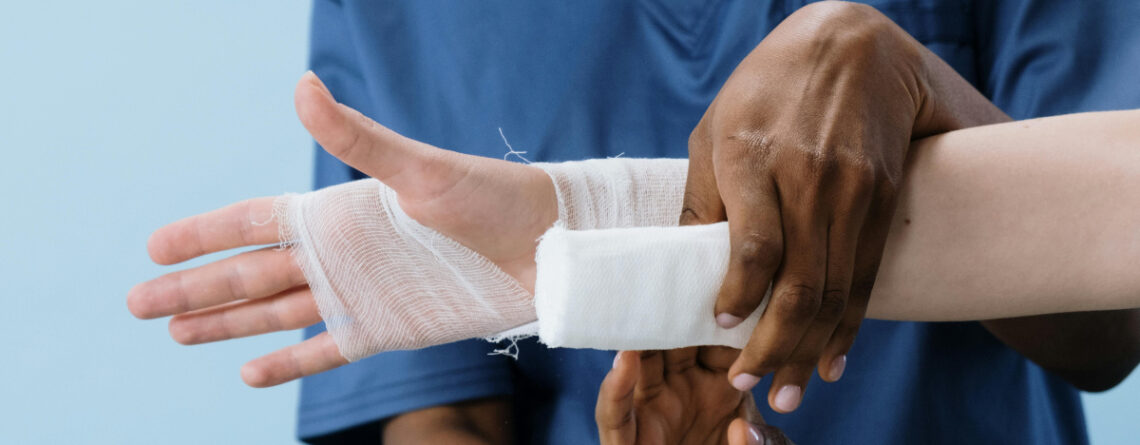
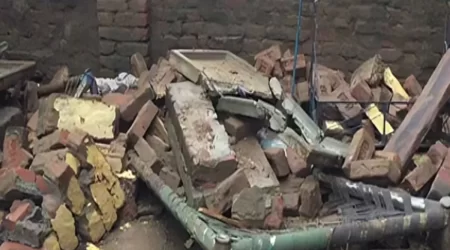


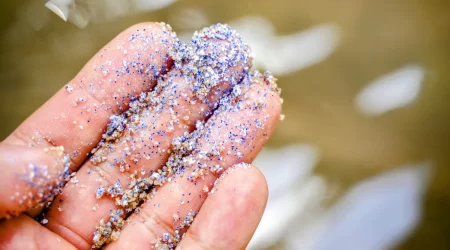
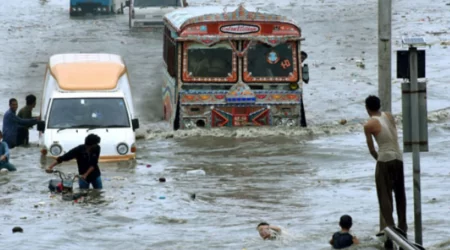
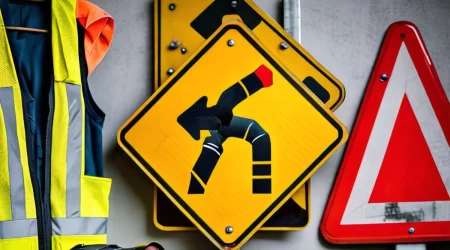
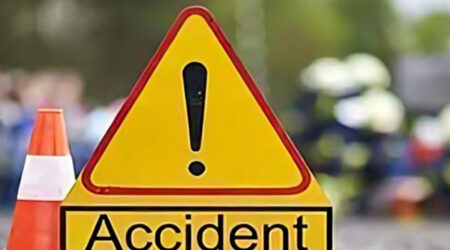
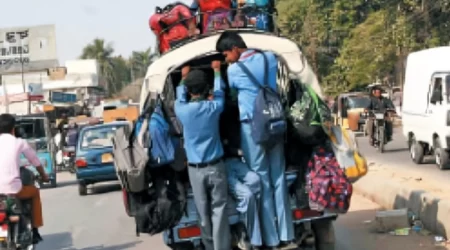
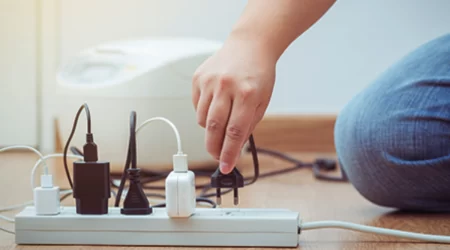
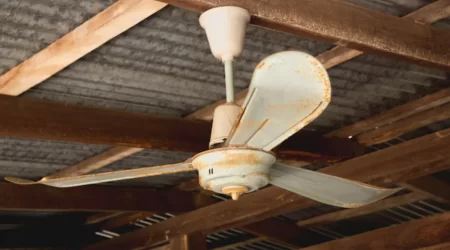
Leave a Reply